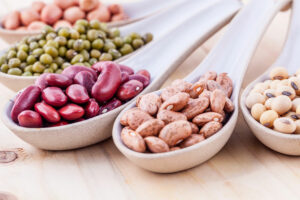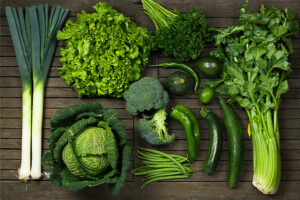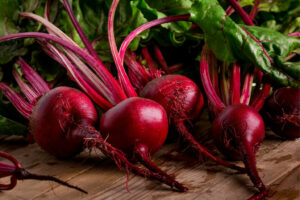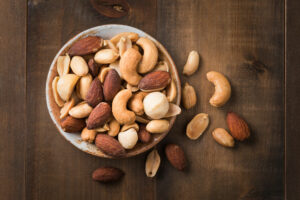
Colon cancer – Symptoms and risk factors
Cancer that begins in the large intestine is known as colon cancer. Although it can affect people of any age, it occurs more frequently in older adults. Symptoms for colon cancer may not appear until the disease progresses to the second stage or later. However, recognizing some early warning signs can help with the early diagnosis and treatment of colon cancer. Treatments for this condition will vary by the stage and type of colon cancer. Signs and symptoms of colon cancer Stage 0 This is the earliest stage of colon cancer, where the abnormal cells are only noticed in the lining of the colon. It is also known as carcinoma in situ. Most people may not notice any symptoms during this stage of cancer. However, some early warning signs to watch out for include: Narrow ribbon-like stools Rectal bleeding that is bright or dark red Tenesmus, or a feeling of heaviness or having to pass stool, but nothing passes Anemia Persistent abdominal pain Stage 1 By this stage, the cancer has penetrated the lining of the colon or rectum and affected the muscle. However, it has not yet reached the lymph nodes or other body parts. Common symptoms one may notice during this stage include:
Read More 











